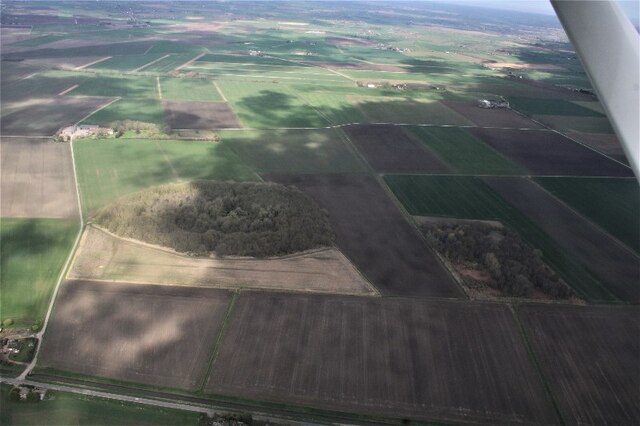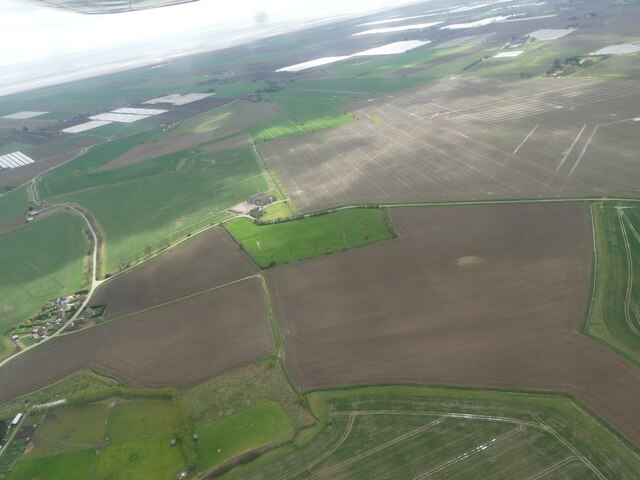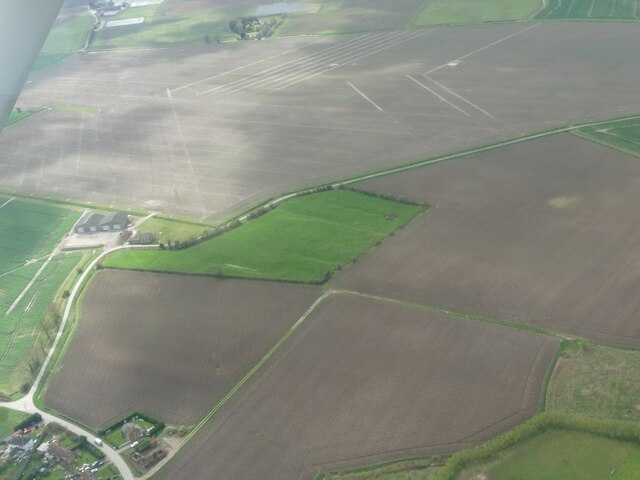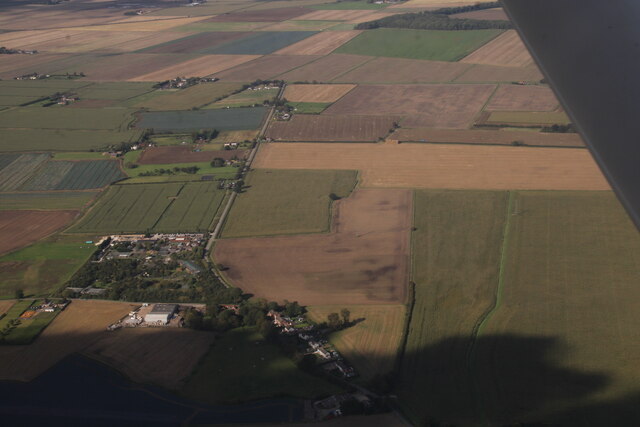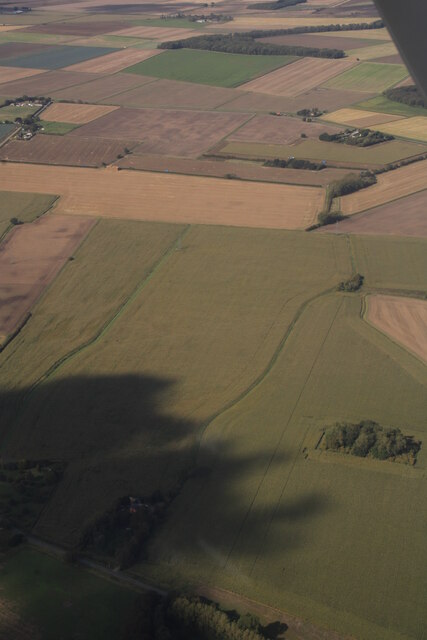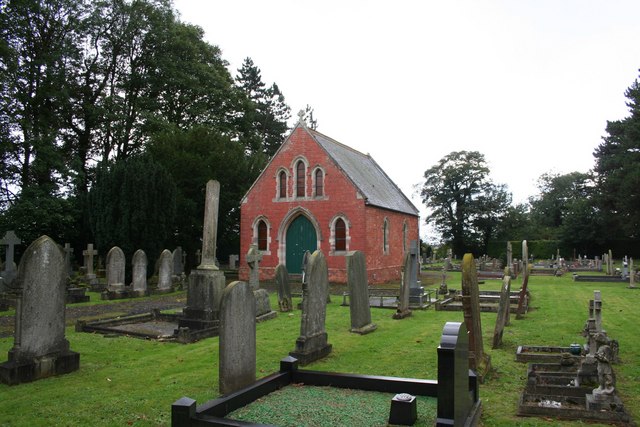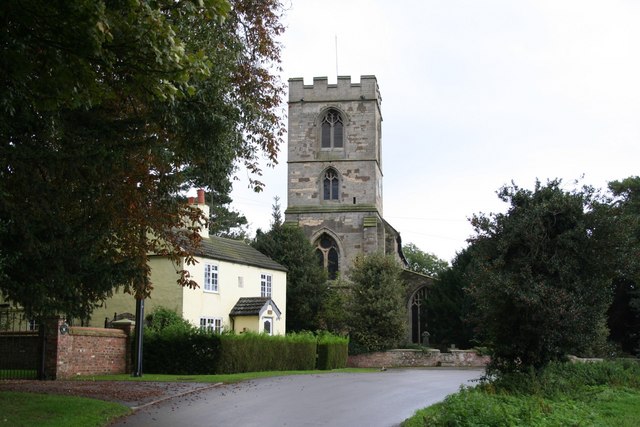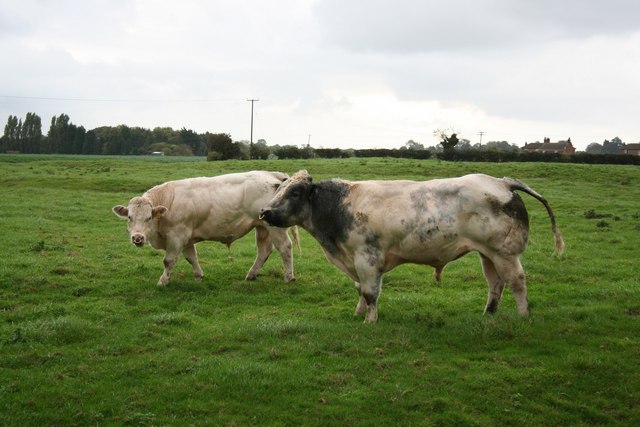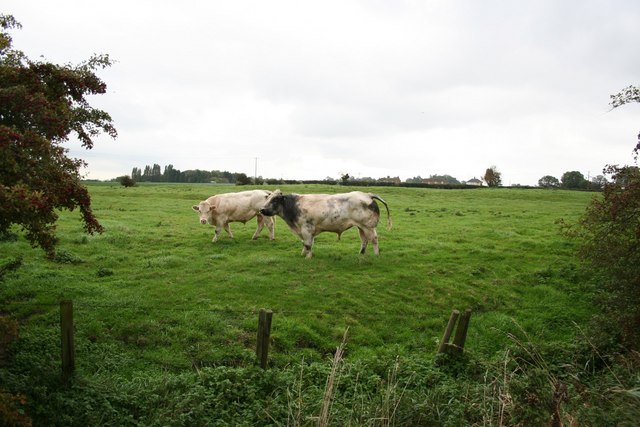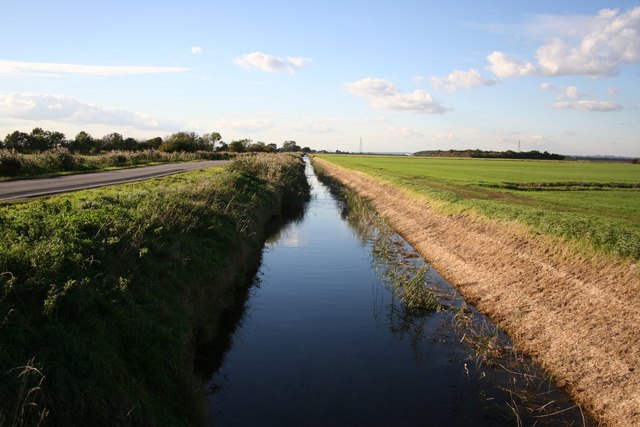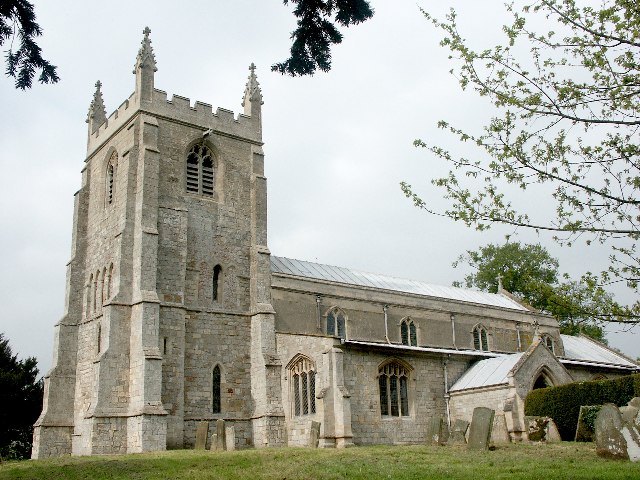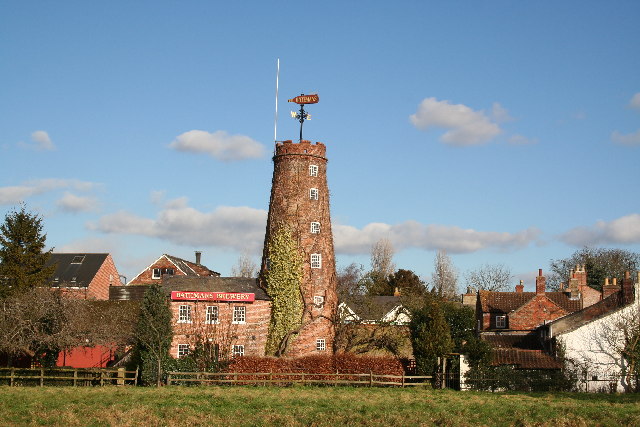Booth's Plantation
Wood, Forest in Lincolnshire East Lindsey
England
Booth's Plantation
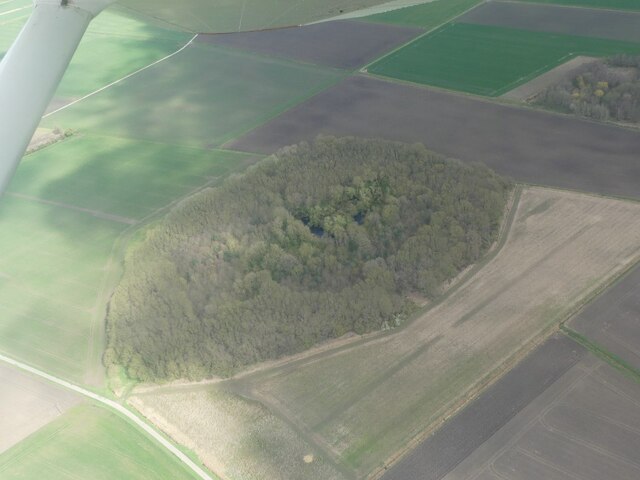
Booth's Plantation, located in Lincolnshire, England, is a picturesque woodland area known for its natural beauty and rich history. Spanning approximately 200 acres, the plantation is a popular destination for nature enthusiasts, hikers, and history buffs.
The plantation is predominantly covered by a dense forest, consisting of various tree species including oak, beech, and birch. This lush woodland provides a serene and tranquil environment, making it an ideal spot for relaxation and outdoor activities. Walking trails crisscross the plantation, offering visitors the opportunity to explore the area's diverse flora and fauna.
Booth's Plantation holds significant historical importance. The site was originally owned by the Booth family, who were prominent landowners in the region during the medieval period. The plantation's history can be traced back to the 13th century, and remnants of medieval structures can still be found within its boundaries. These include the ruins of an old chapel and the remains of a hunting lodge, adding an air of mystery and intrigue to the plantation.
In addition to its natural and historical attractions, Booth's Plantation is also home to a variety of wildlife. Deer, foxes, rabbits, and numerous bird species can be spotted throughout the woodland, making it a haven for wildlife enthusiasts and birdwatchers.
Booth's Plantation offers a unique blend of natural beauty and historical significance, making it a must-visit destination for those seeking tranquility, outdoor adventures, and a glimpse into the past.
If you have any feedback on the listing, please let us know in the comments section below.
Booth's Plantation Images
Images are sourced within 2km of 53.081483/0.16051684 or Grid Reference TF4455. Thanks to Geograph Open Source API. All images are credited.
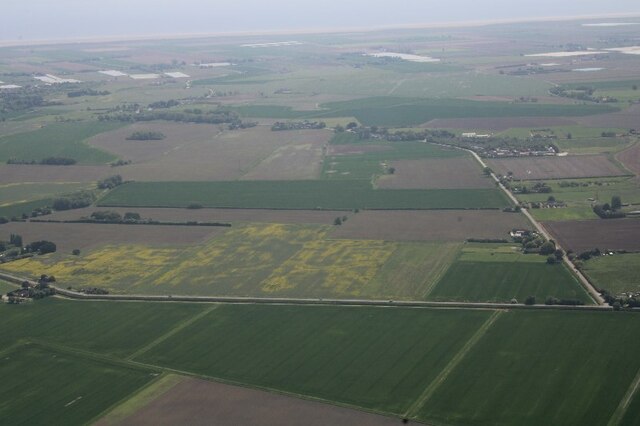
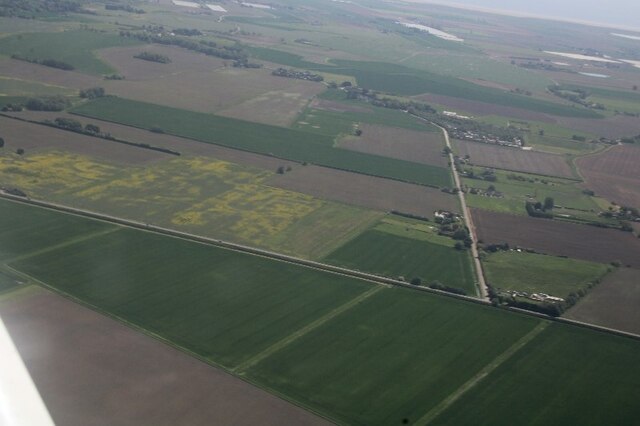
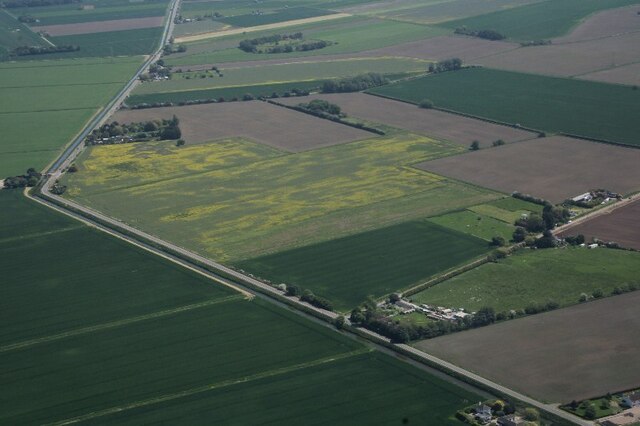
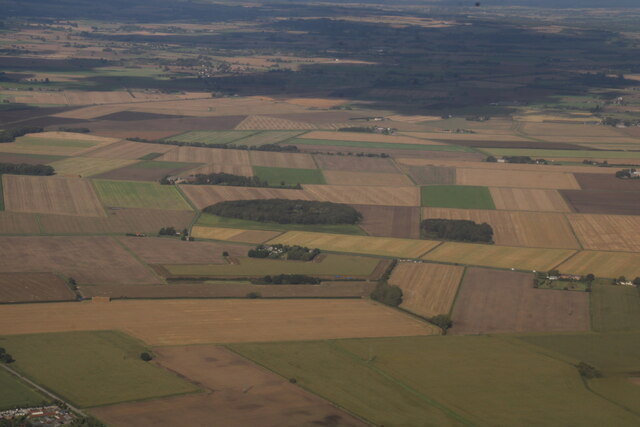
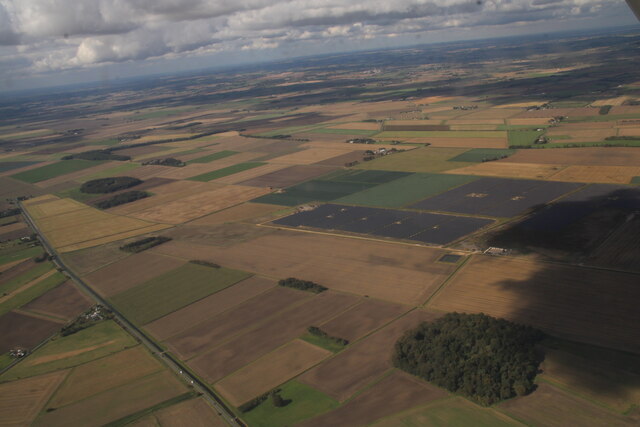
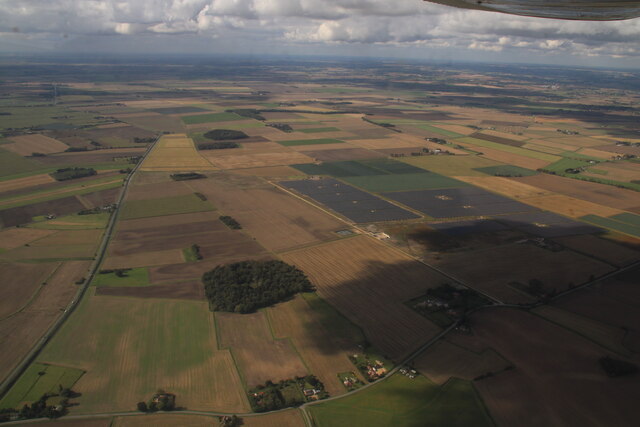
Booth's Plantation is located at Grid Ref: TF4455 (Lat: 53.081483, Lng: 0.16051684)
Administrative County: Lincolnshire
District: East Lindsey
Police Authority: Lincolnshire
What 3 Words
///submitted.diagram.delight. Near Wainfleet All Saints, Lincolnshire
Nearby Locations
Related Wikis
Friskney
Friskney is a village and civil parish within the East Lindsey district of Lincolnshire, England.The parish includes the settlement of Friskney Eaudyke...
Friskney Eaudyke
Friskney Eaudyke is a settlement in the civil parish of Friskney, and the East Lindsey district of Lincolnshire, England. It is 11 miles (20 km) north...
RAF Wainfleet
RAF Wainfleet was a Royal Air Force weapons range on The Wash on the east coast of England near Wainfleet, in the civil parish of Friskney, although the...
Wainfleet St Mary
Wainfleet St Mary is a village and civil parish in the East Lindsey district of Lincolnshire, England. It is situated directly south of Wainfleet All Saints...
East Ville railway station
East Ville was a railway station on the East Lincolnshire Railway which served the village of Eastville in Lincolnshire between 1848 and 1964. It originally...
Eastville, Lincolnshire
Eastville, a village in the East Lindsey district of Lincolnshire, England. It is situated approximately 9 miles (14 km) north-east from Boston and 6 miles...
Batemans Brewery
Batemans Brewery (George Bateman & Son Ltd) is an English brewery based at Salem Bridge Brewery in Wainfleet, Lincolnshire, and founded in 1874. The company...
Wrangle, Lincolnshire
Wrangle is a village in the Boston Borough of Lincolnshire, England. It is situated approximately 9 miles (14 km) north-east from the town of Boston. The...
Nearby Amenities
Located within 500m of 53.081483,0.16051684Have you been to Booth's Plantation?
Leave your review of Booth's Plantation below (or comments, questions and feedback).
